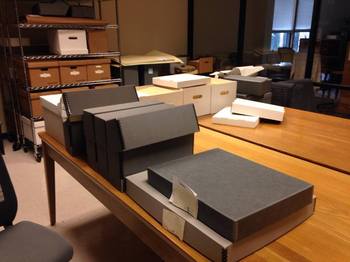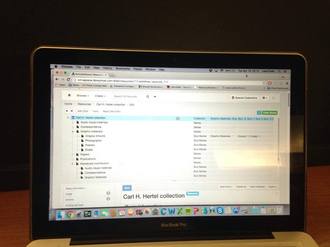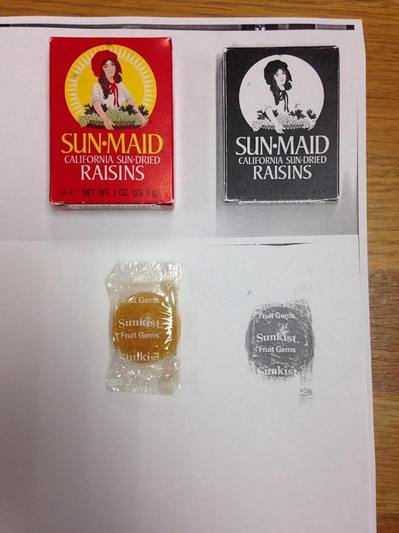Everything is in its place! Each folder and item have an address now, with a box and a folder number. It was a puzzle that Lisa had to help me with, but each box is pretty much filled with the little or no empty space.
The materials arrived in 4 records boxes, a doc box, two flat boxes and a large drawer folder, but not the arrangement includes more linear feet, many more types of boxes and more folders. It’s interesting how many more linear feet the collection is now that everything has been unfolded, re-foldered, sleeved, etc.
At one point I needed to rewrite a folder title, and I used the box and folder number listed on archive space to locate it. It was fast and efficient, it’s great to see in work in practice. The picture below is of the collection in the CCEPS room.

Also part of labeling every folder requires time spent on archive space. As mentioned in the post before the process is long, yet again is another layer of checking my work. In one instance, I found that I had physically divided a folder into two, but failed to do so on my excel sheet or Aspace. While labeling folders, I have to go through every single one which is the most detailed way to assure no mistakes. Next week, and my last full week, I will be working on the front matter for the collection. It’s weird to think that this is almost over! I have learned so much in the past few months!


